Este fin de semana visite un par de lugares muy bonitos y rodeado por la naturaleza, específicamente en el volcán de la capital.
En el campo se dice que una persona se muere de hambre porque quiere o no conoce de la frutas y plantas comestibles.
Es así como quiero compartir con todos algunas fotografías de frutos y plantas, las cuales a veces por desconocimiento no las aprovechamos. Obviamente voy a mencionar de los pocos que pude documentar, aunque este tema es muy extenso.
1- Paterna (Inga Spuria)
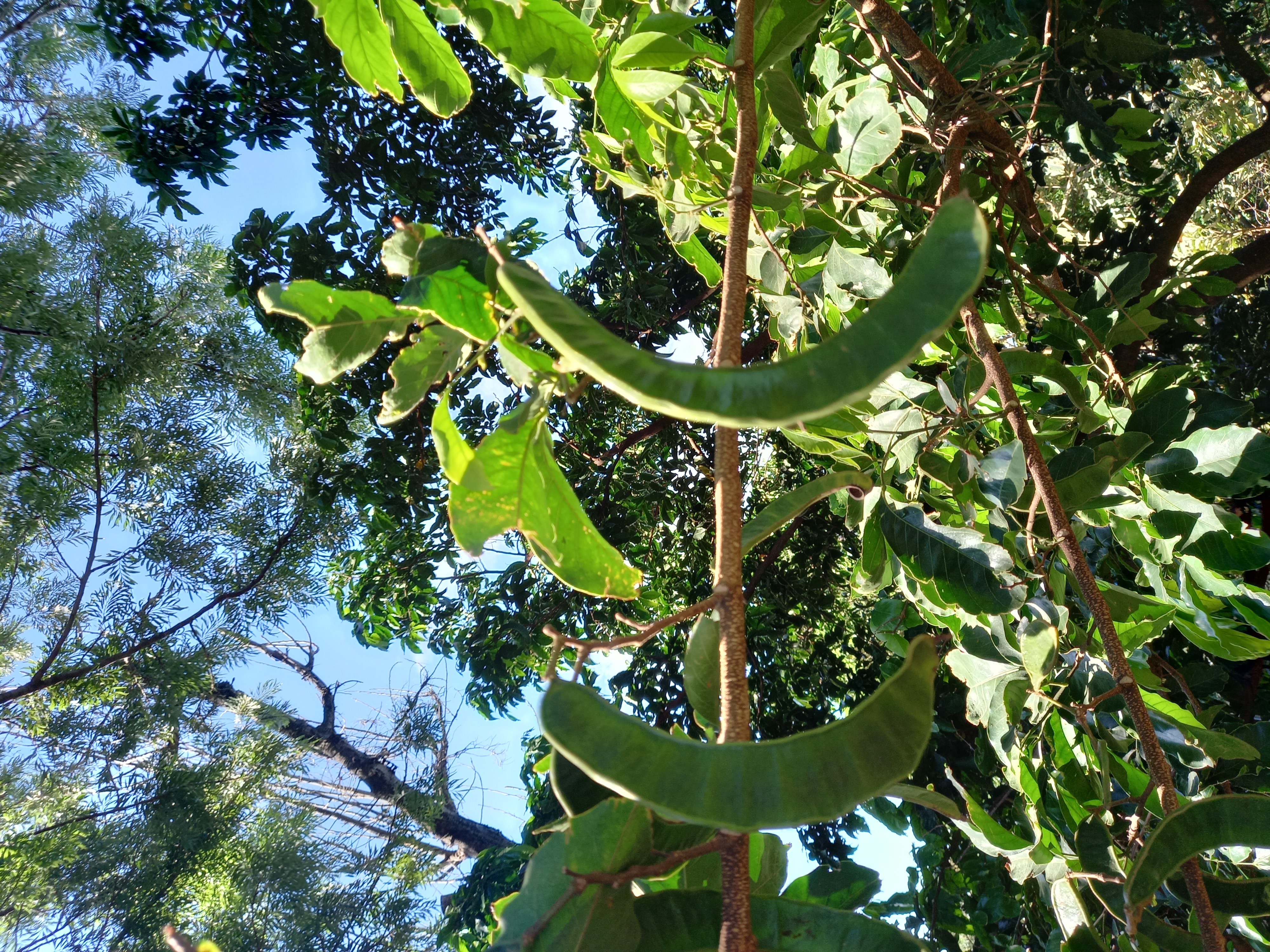

Esta es una fruta bastante común, se caracteriza por forma, es una vaina que contiene alrededor de diez o doce semillas grandes de color verde, están cubiertas por una capa blanca y dulce la cual es comestible y de buen sabor. La semilla es muy apreciada ya que es muy deliciosa después de prepararla. Se deben poner a hervir hasta que ablanda, en el campo se acostumbra a poner ceniza en el agua antes de hervir, no recuerdo exactamente la razón de eso.
Cuando están listas de mezclan con limón y sal. Son muy deliciosas.
2- Hierba Mora (Solanum Nigrum)
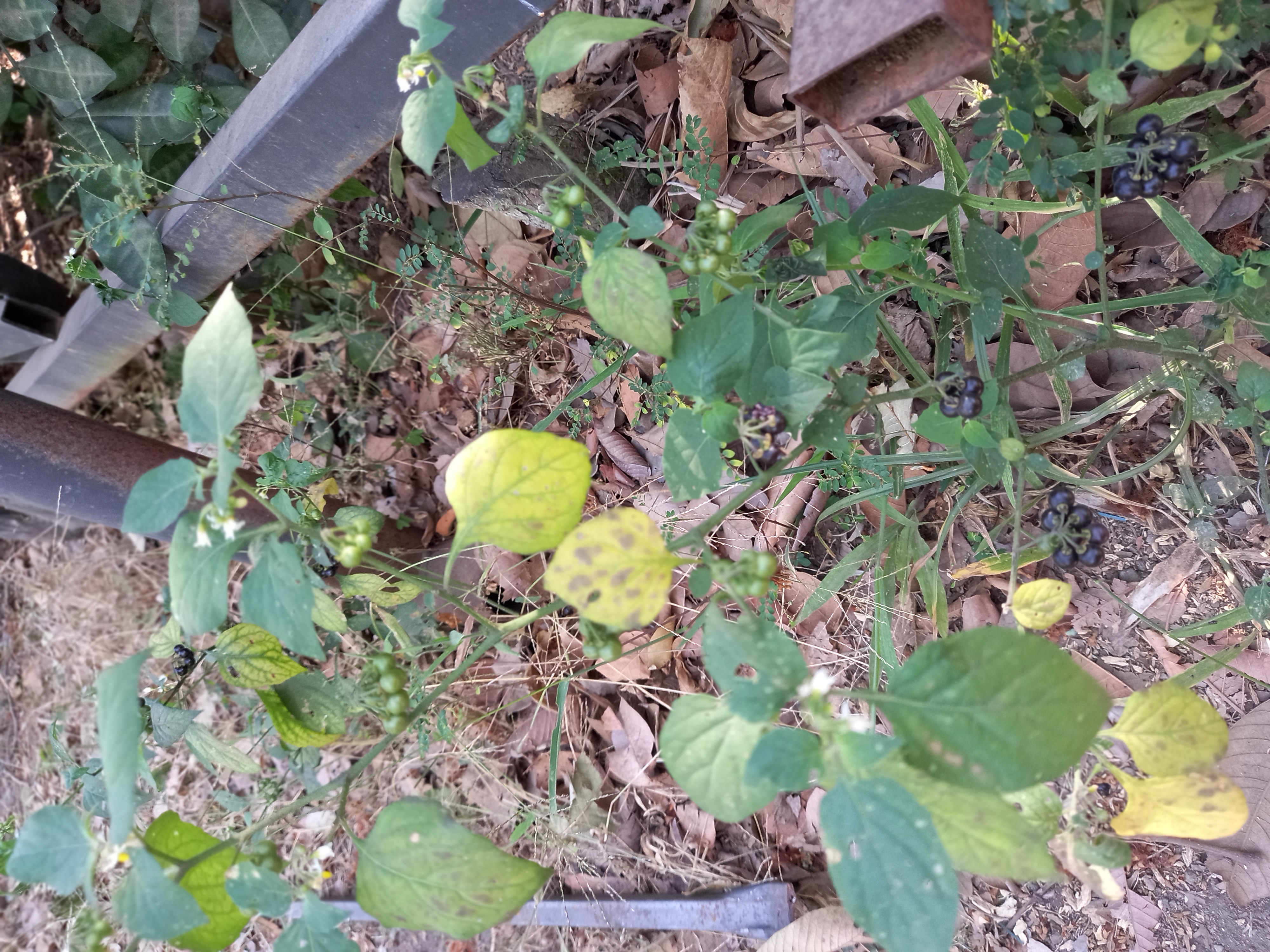
Esta es una planta muy común en todas partes, aunque no muy apreciada por todos. Se llama hierba mora por su fruto el cual es del tamaño de un frijol y su color es morado como una mora.
Aunque lo que se aprovecha de esta planta son sus hojas o brotes, no así su fruto.
Se usa en las comidas para preparar sopas o la tan famosa pupusa de mi país, esta planta le da un sabor inconfundible y delicioso, aunque aclaro que es un gusto adquirido por su sabor relativamente amargo.
De hecho, ya que nadie las aprovecha en el lugar que visite, recogí muchos brotes y me prepare una rica sopa con huevo.
3- Cujines (Inga edulis)
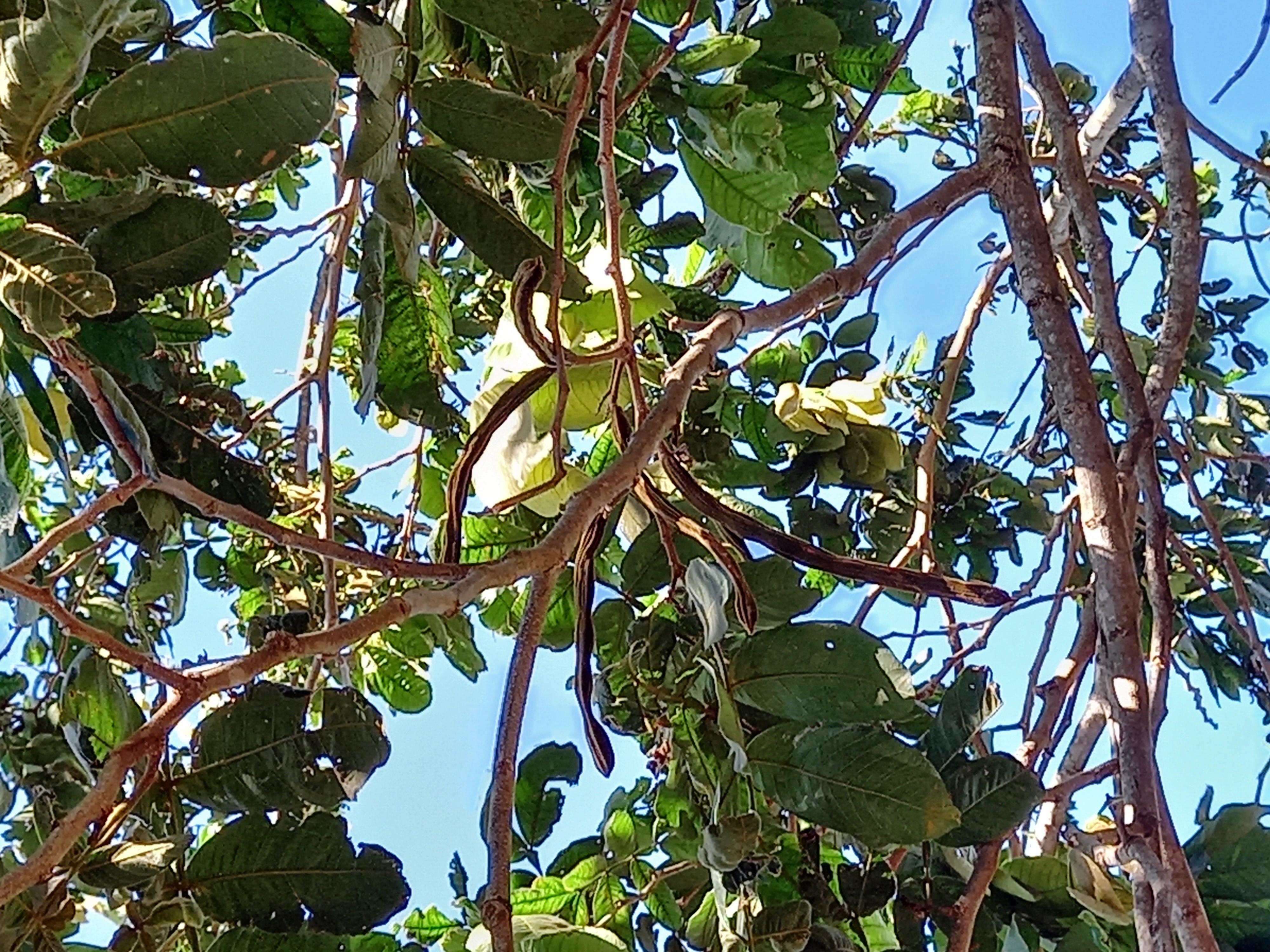
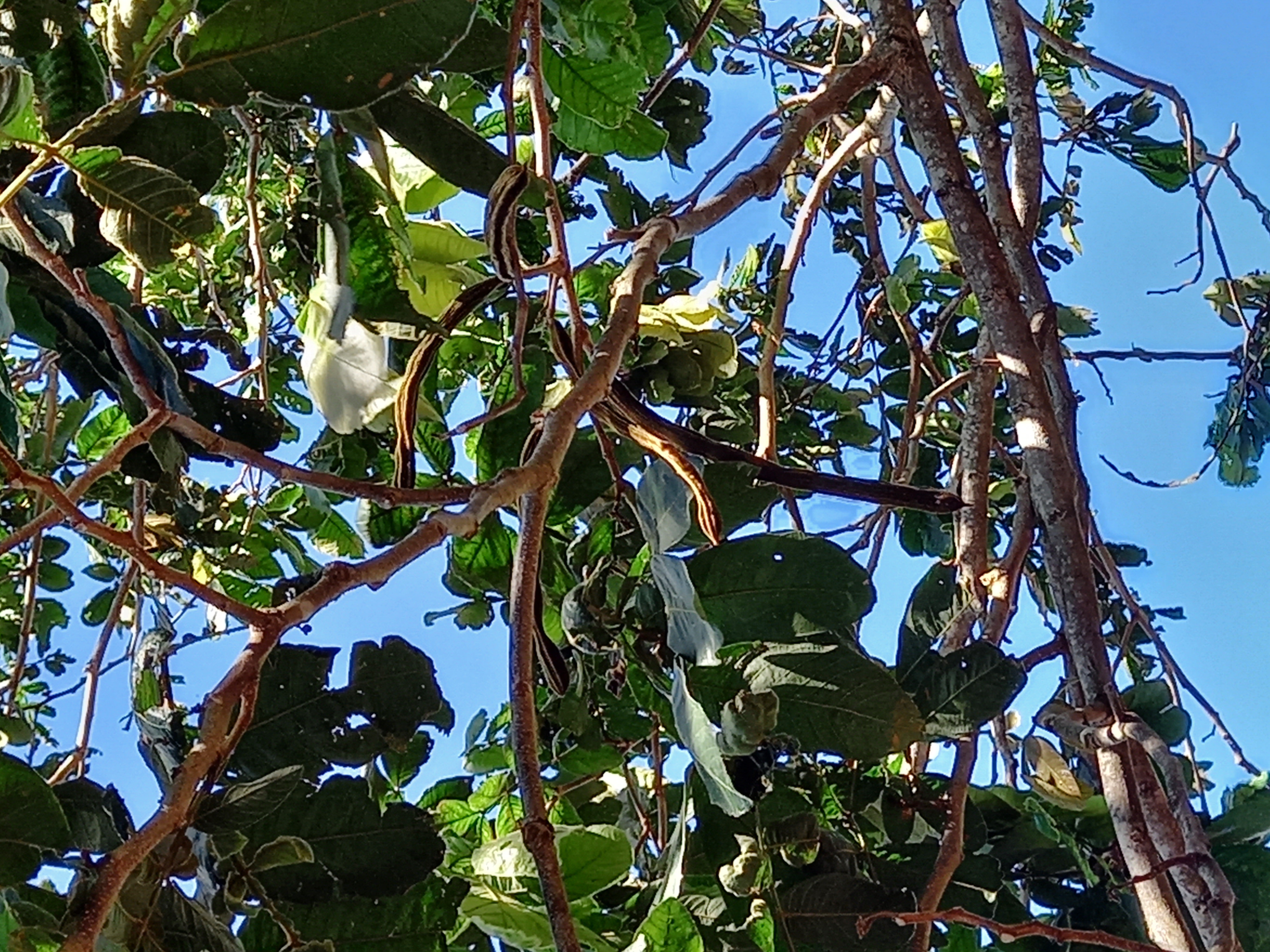
Esta fruta es de la misma familia de la paterna aunque difieren en tamaño y sabor, además que de esta fruta solo es posible aprovechar su cubierta blanca no así su semilla.
Es una vaina también solo que más pequeña que la paterna, igual sus semillas son relativamente más pequeñas, pero el sabor es bastante agradable por su dulzura.
4- Tomate silvestre (Lycopersicum esculentum)
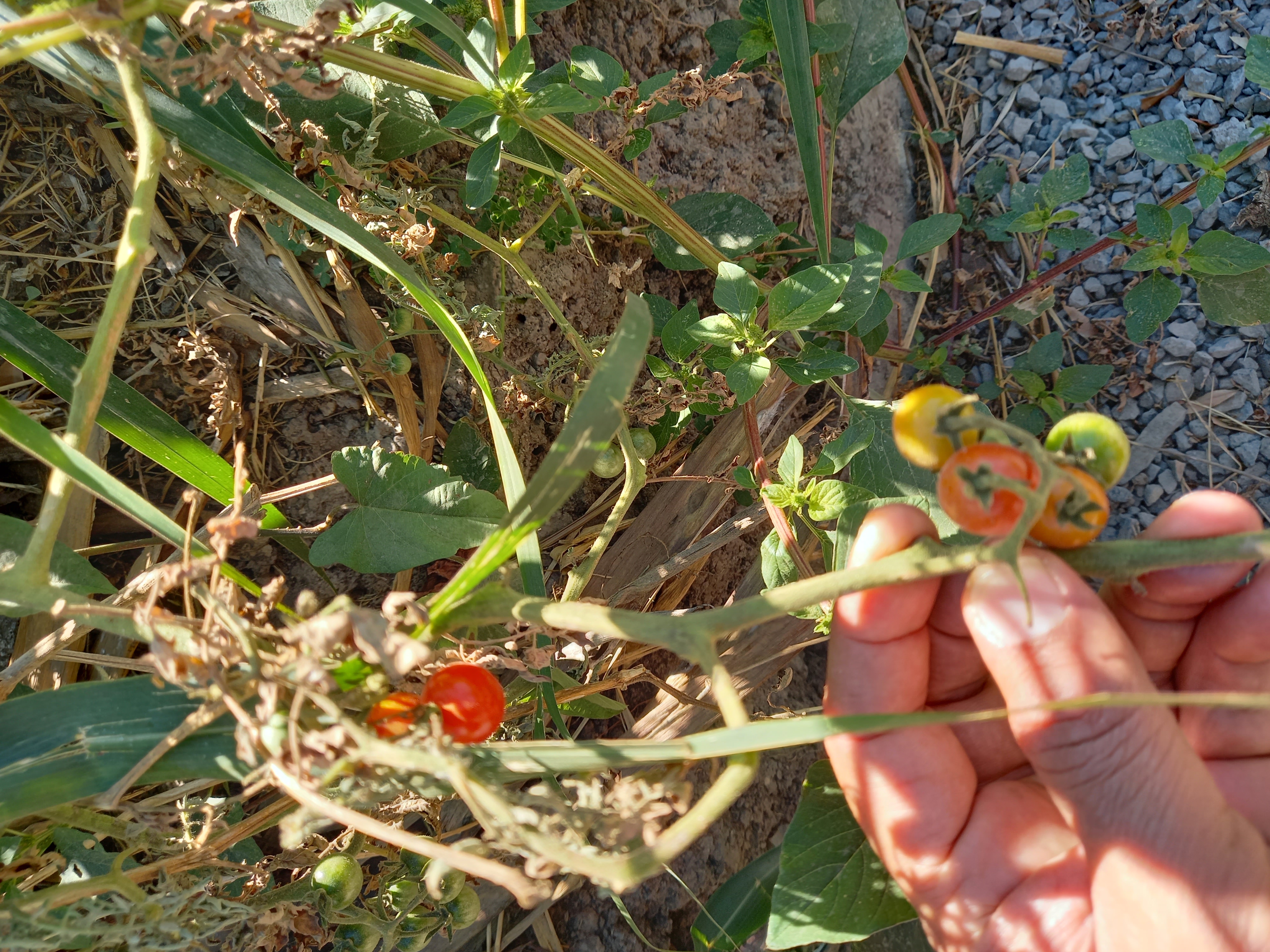
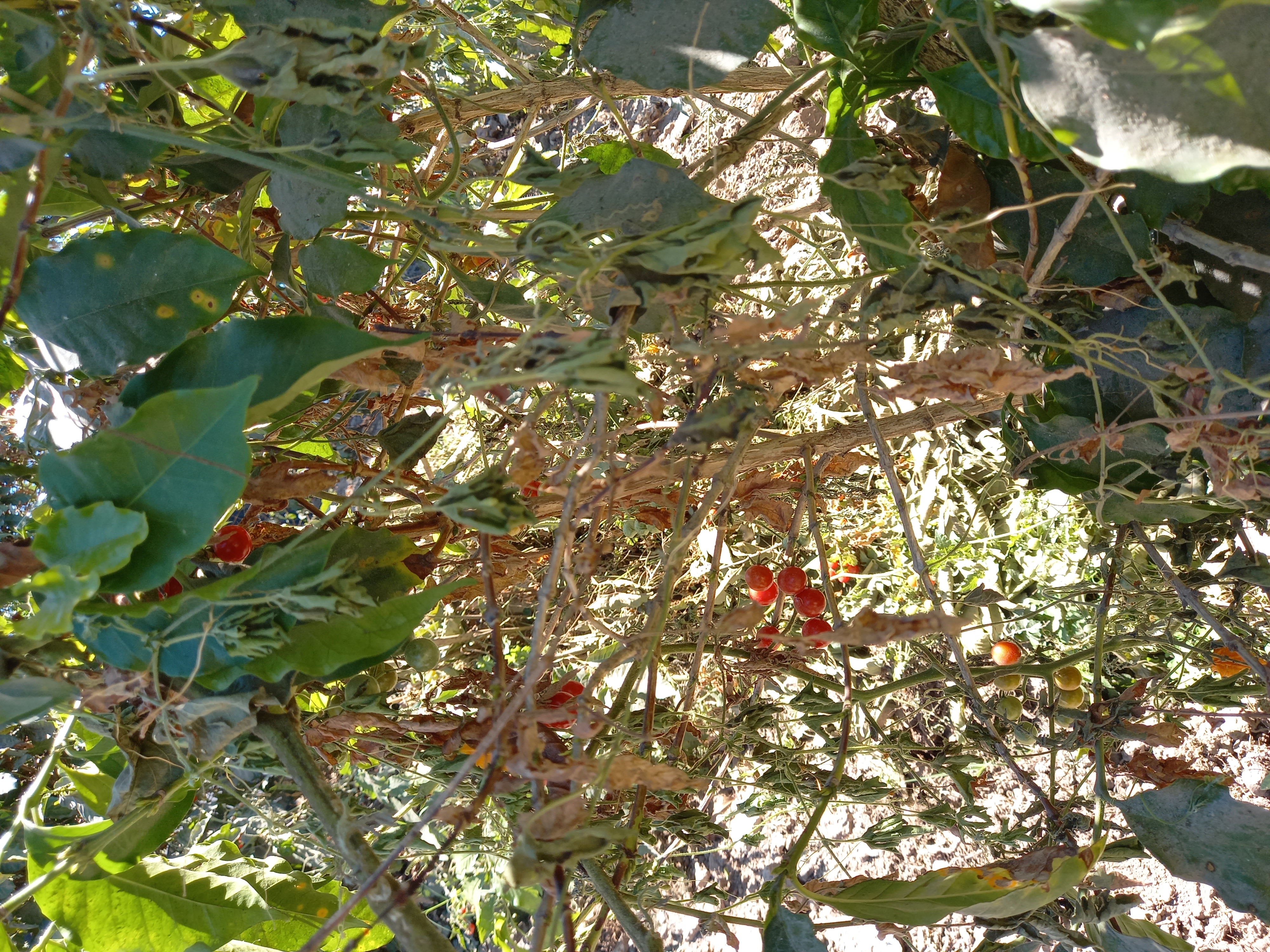
Este es un tipo de tomate que prospera en cualquier parte y no necesita de cuido o riego, es por eso que se llama silvestre.
Es un tipo de tomate con un sabor peculiar pero muy delicioso en las ensaladas. Nacen y crecen en cualquier plantación de otro tipo especialmente en las cercas, por eso se conocen como tomatito silvestre son del tamaño de una uva y se pueden usar de la misma forma que un tomate común.
Recuerdo que los comía directamente de la planta con solo unos granos de sal.
5- Planta de piñuela. (Bromelia pinguin)
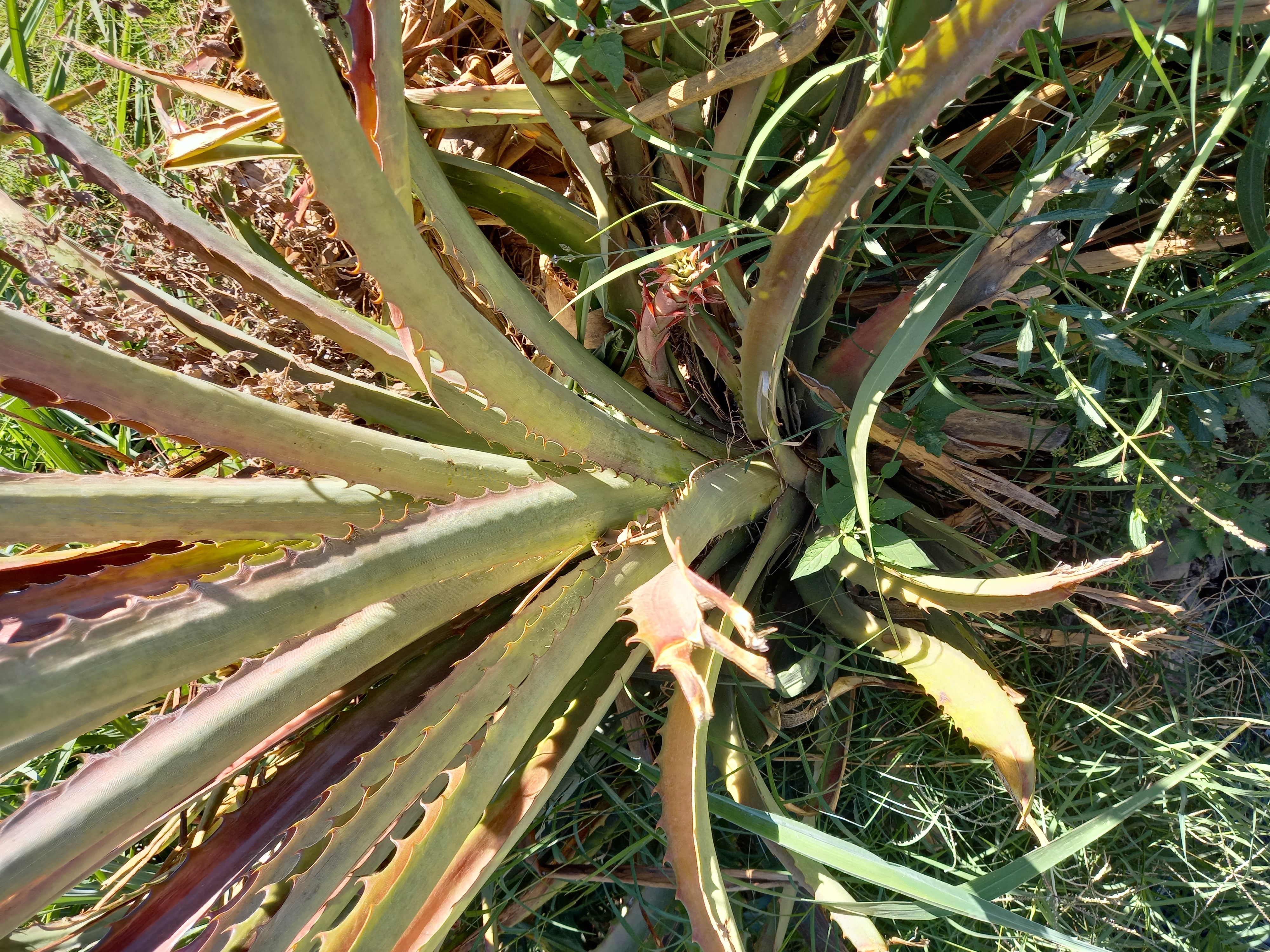
Esta también es una planta muy común en todas partes debido a su adaptabilidad y requiere de poco o ningún cuidado. Es común encontrarlas en los cercos y es porque sus hojas son especie de espada con espinas y es muy tupida, por tanto, es ideal para eso.
Hablando de sus propiedades alimenticias, se puede mencionar dos, sus brotes se conocen con mutate y es comestible de muy buen sabor, se prepara de diferentes formas.
Si no se corta el brote, este madura y se convierte en una fruta conocida como piñuela y se utiliza para preparar uno de los atoles tradicionales de mi país.
6- Chiltepe (Capsicum annum)


También conocido como chile silvestre, es bien común encontrarlos en todas partes ya que tampoco requiere de cuido y muy apreciado por los amantes de lo picante, en el campo la gente acostumbra a ingerirlos con la comida y sin preparación alguna, aunque se puede poner a curtir también.
7- Retoño o brote de bambú (Bambusa vulgaris)
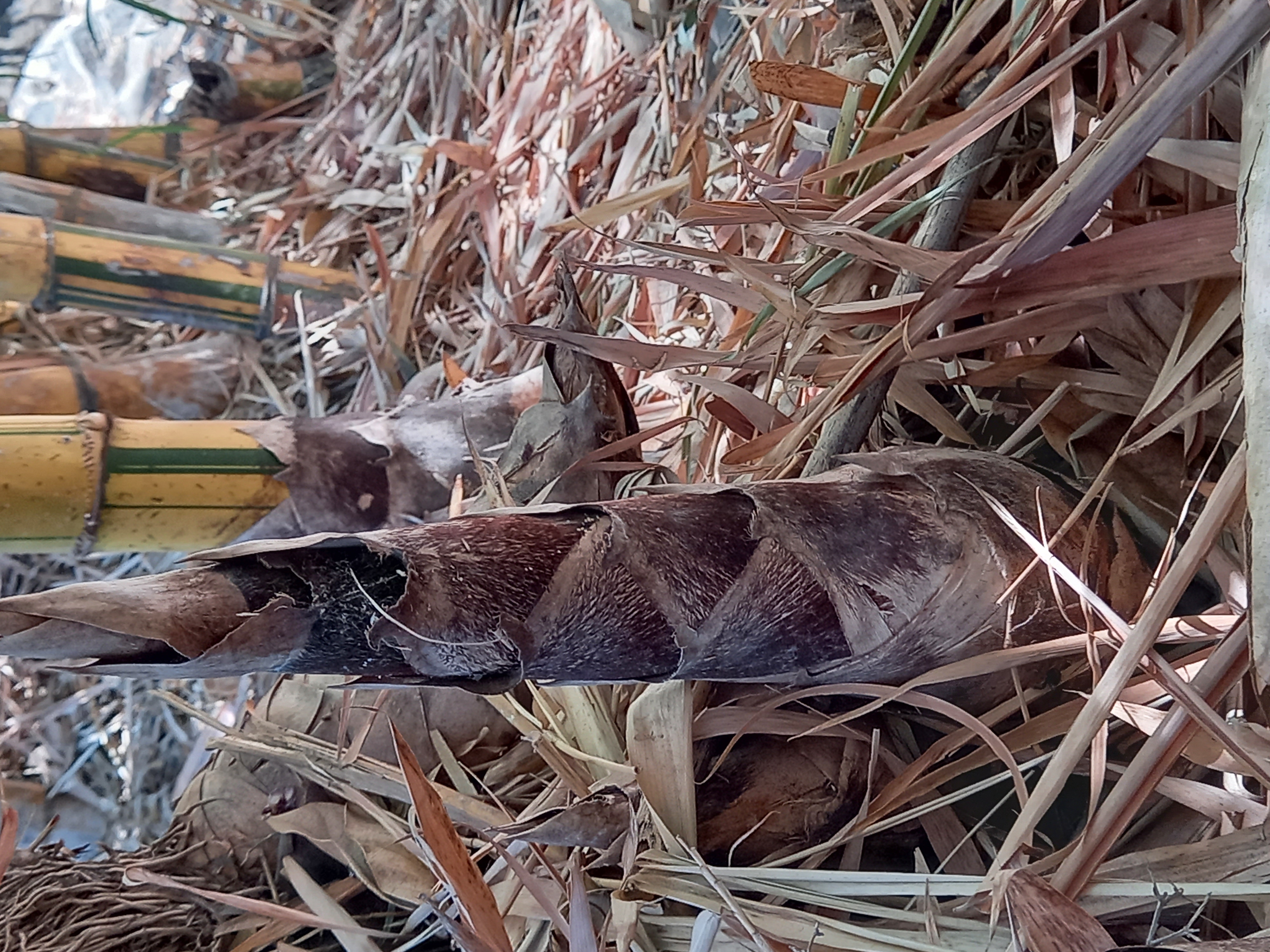

Esta es una planta conocida en muchos países, y también saben que es comestible su brote, sin hablar de gran utilidad que tiene su tallo.
Yo aprendí a comer los brotes sin preparación, es decir se comen así como los obtienes de la naturaleza, recuerdo que los comí con frijoles recién hechos, muy buenos. Aunque también es un gusto adquirido, ya que son relativamente amargos.
8-Guchamper.
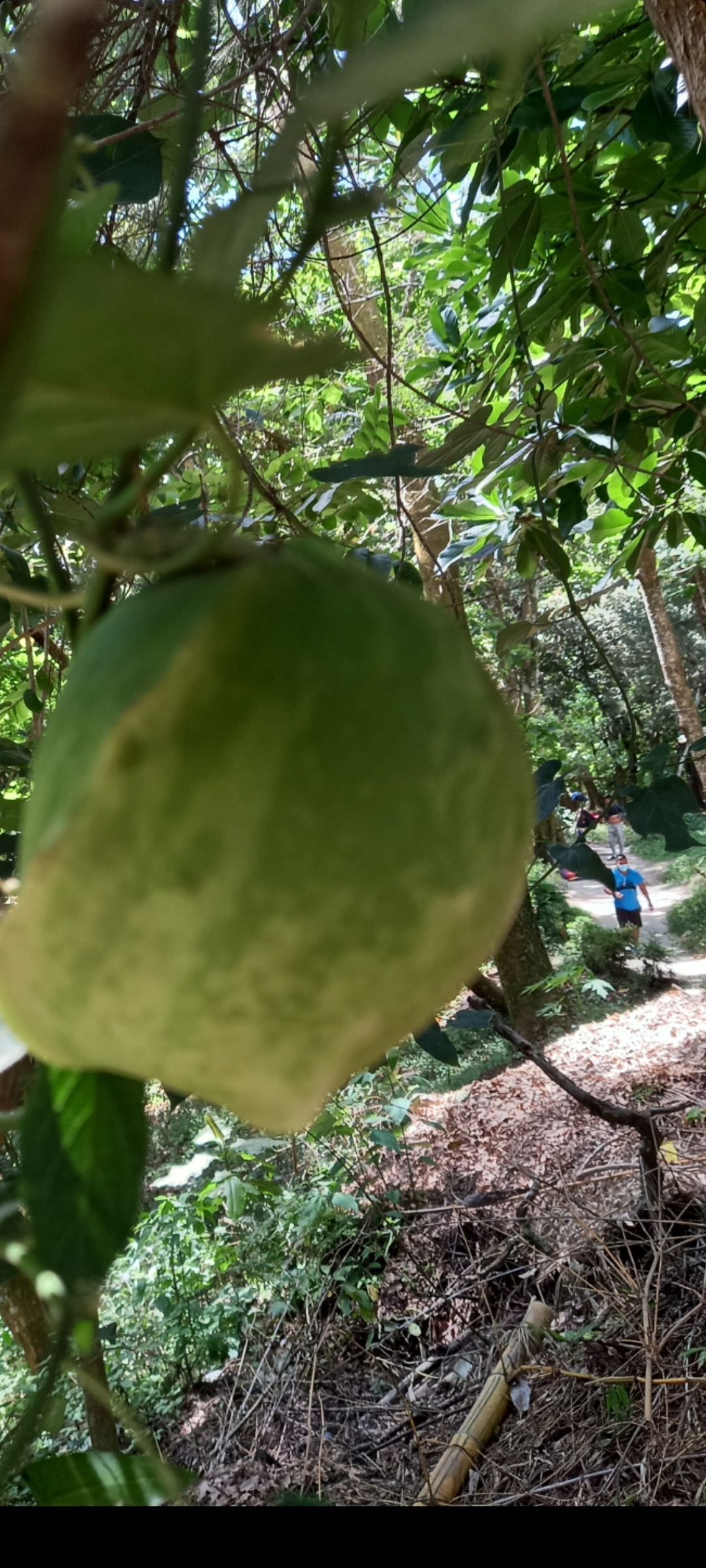
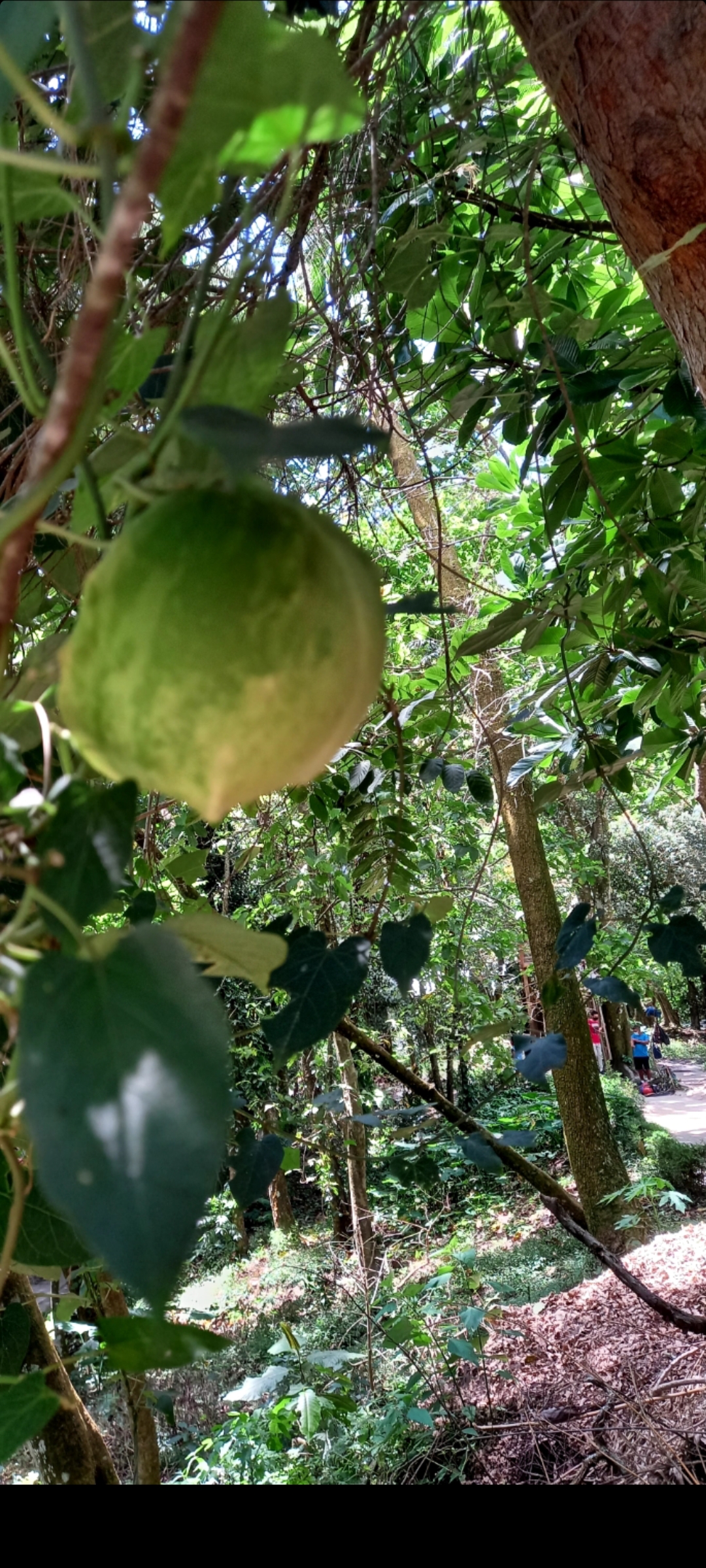
Un fruto exotico y poco conocido en estas generaciones, pero los conocedores de este fruto, saben que es una delicia.
Se come crudo o asado a las brasas, como lo prefieras.
9- Zunza (Licania platypus)
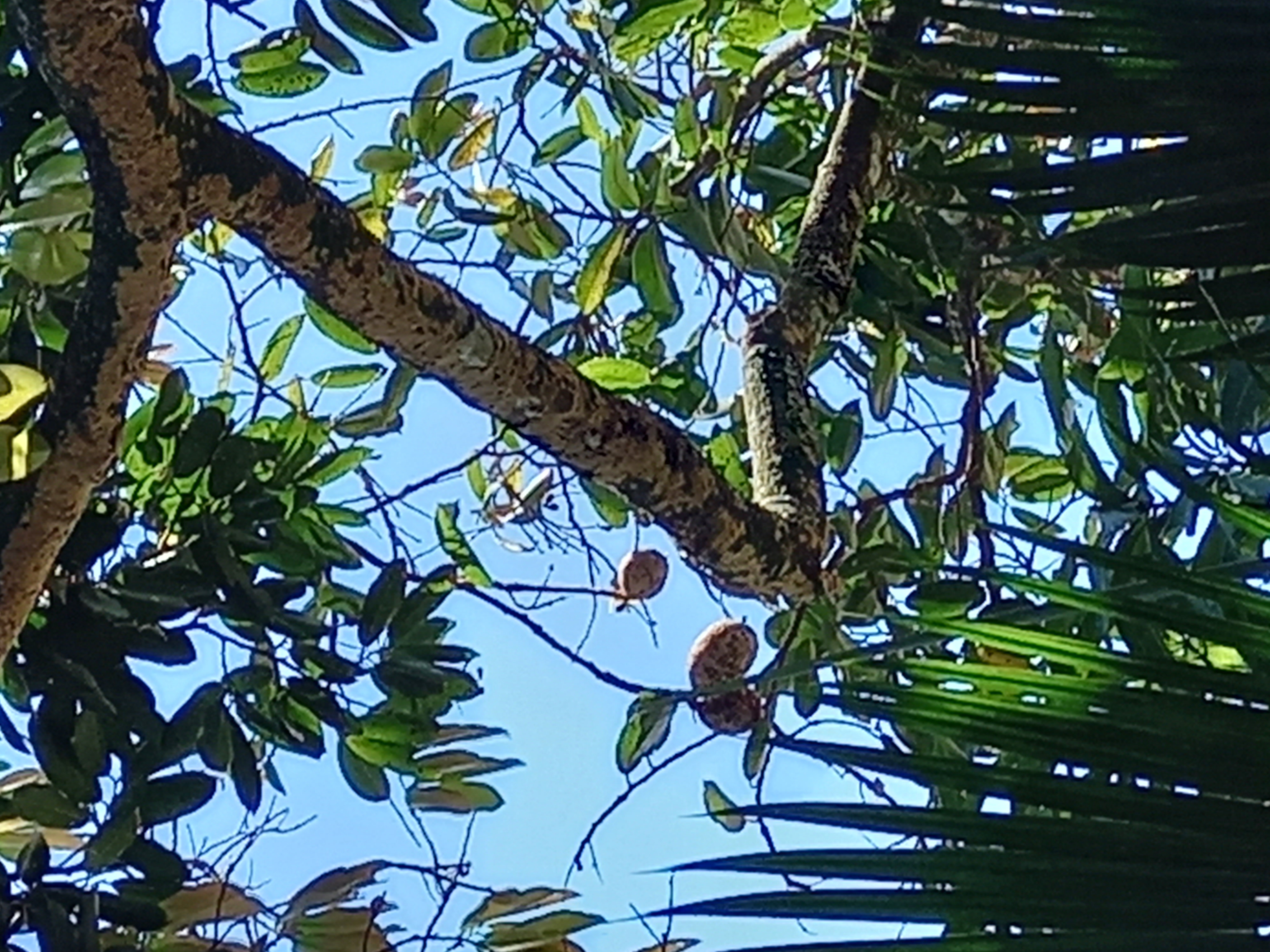
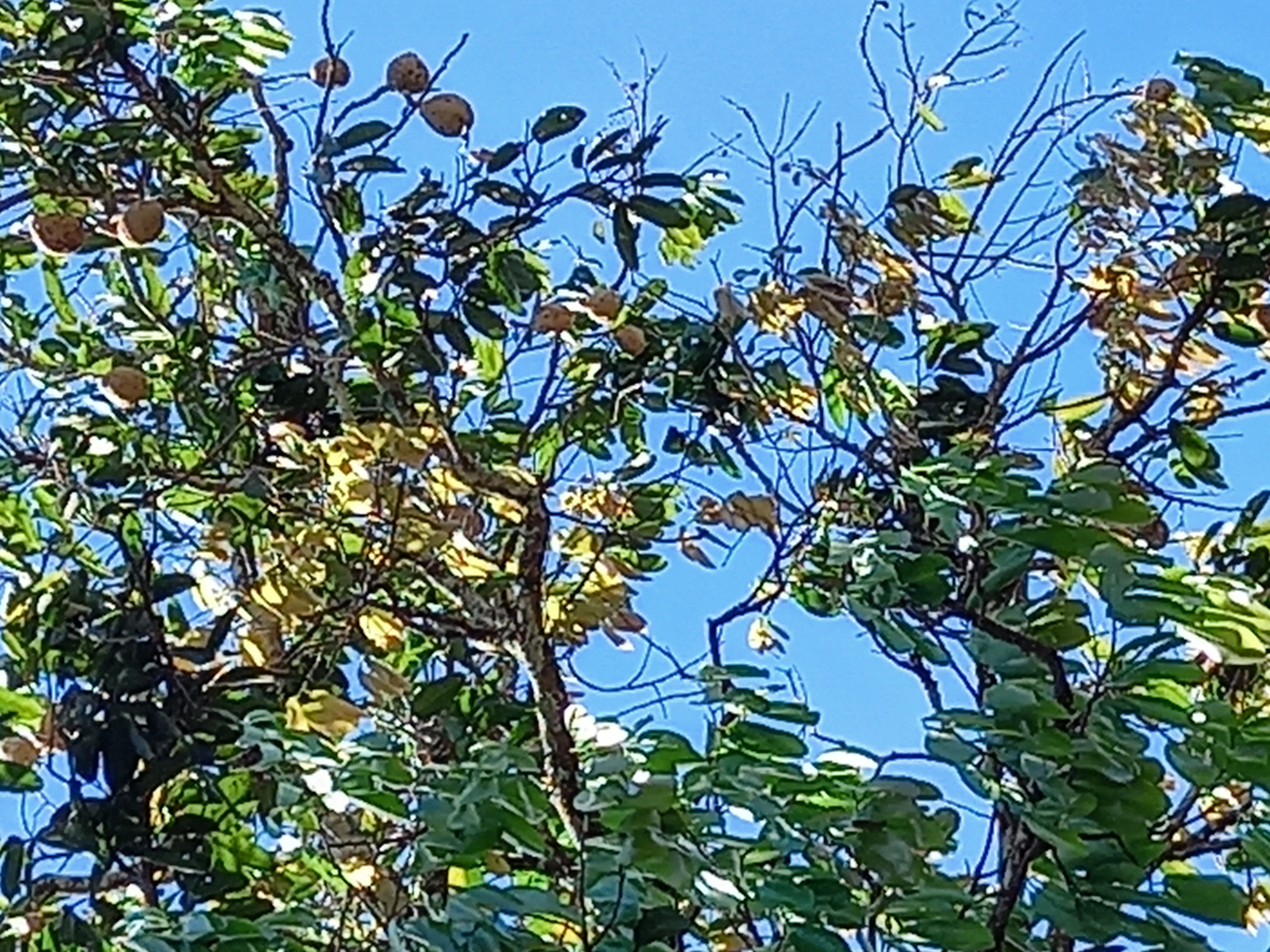

Esta es una fruta muy particular y especialmente deliciosa por su sabor dulce, aunque no es muy apreciada por su semilla de gran tamaño, lo cual hace que solo se aproveche una pequeña parte de su fruta.
Pero por lo demás es muy deliciosa y se encuentra muchas partes de mi país.
Esto todo lo que tengo por ahora. Espero sea del agrado de todos.
Las imágenes son de mi propia captura.
Saludos a todos.
Fruits of the earth
This weekend visit a couple of very beautiful places surrounded by nature, specifically in the capital's volcano.
In the countryside it is said that a person starves because he wants or does not know about edible fruits and plants.
This is how I want to share with everyone some photographs of fruits and plants, which sometimes due to ignorance we do not take advantage of. Obviously I will mention the few that I could document, although this topic is very extensive.
1- Paterna (Inga Spuria)


This is a fairly common fruit, it is characterized by shape, it is a pod that contains about ten or twelve large green seeds, they are covered by a white and sweet layer which is edible and of good flavor. The seed is highly appreciated as it is very delicious after preparing it. They should be boiled until they soften, in the countryside it is customary to put ashes in the water before boiling, I do not remember exactly the reason for that.
When they are ready they are mixed with lemon and salt. They are very delicious.
2- Blackberry Grass (Solanum Nigrum)
This is a very common plant everywhere, although not highly appreciated by everyone. It is called nightshade because of its fruit which is the size of a bean and its color is purple like a blackberry.
Although what takes advantage of this plant are its leaves or shoots, not its fruit.
It is used in meals to prepare soups or the so famous pupusa of my country, this plant gives it an unmistakable and delicious flavor, although I clarify that it is a taste acquired due to its relatively bitter taste.
In fact, since no one takes advantage of them in the place I visit, I picked a lot of sprouts and prepared a delicious soup with eggs.
3- Cujines (Inga edulis)


This fruit is from the same family as the paternal one although they differ in size and flavor, in addition to this fruit it is only possible to take advantage of its white cover, not its seed.
It is also a pod that is smaller than the paternal one, as its seeds are relatively smaller, but the taste is quite pleasant due to its sweetness.
4- Wild tomato (Lycopersicum esculentum)


This is a type of tomato that thrives anywhere and does not need care or watering, that is why it is called wild.
It is a type of tomato with a peculiar but very delicious flavor in salads. They are born and grow in any other type of plantation, especially in the fences, that is why they are known as wild tomatitos, they are the size of a grape and can be used in the same way as a common tomato.
I remember eating them directly from the plant with just a few grains of salt.
5- Piñuela plant. (Bromeliad pinguin)

This is also a very common plant everywhere due to its adaptability and requires little or no care. It is common to find them in the hedges and it is because their leaves are a kind of sword with thorns and it is very dense, therefore, it is ideal for that.Speaking of its nutritional properties, two can be mentioned, its sprouts are known with mutate and it is edible with a very good taste, it is prepared in different ways.If the sprout is not cut, it ripens and becomes a fruit known as piñuela and is used to prepare one of the traditional atoles of my country.
6- Chiltepe (Capsicum annum)


Also known as wild chili, it is very common to find them everywhere since it does not require care and is highly appreciated by lovers of spice, in the countryside people tend to eat them with food and without any preparation, although it can be put to tanning too.
8- Bamboo shoot or shoot (Bambusa vulgaris)


This is a well-known plant in many countries, and they also know that its bud is edible, not to mention the great utility of its stem.I learned to eat the sprouts without preparation, that is, they are eaten the way you get them from nature, I remember that I ate them with freshly made beans, very good. Although it is also an acquired taste, since they are relatively bitter.
9- Guchamper.


An exotic fruit little known in these generations, but connoisseurs of this fruit know that it is a delight.It is eaten raw or grilled, as you prefer.
10- Zunza (Licania platypus)


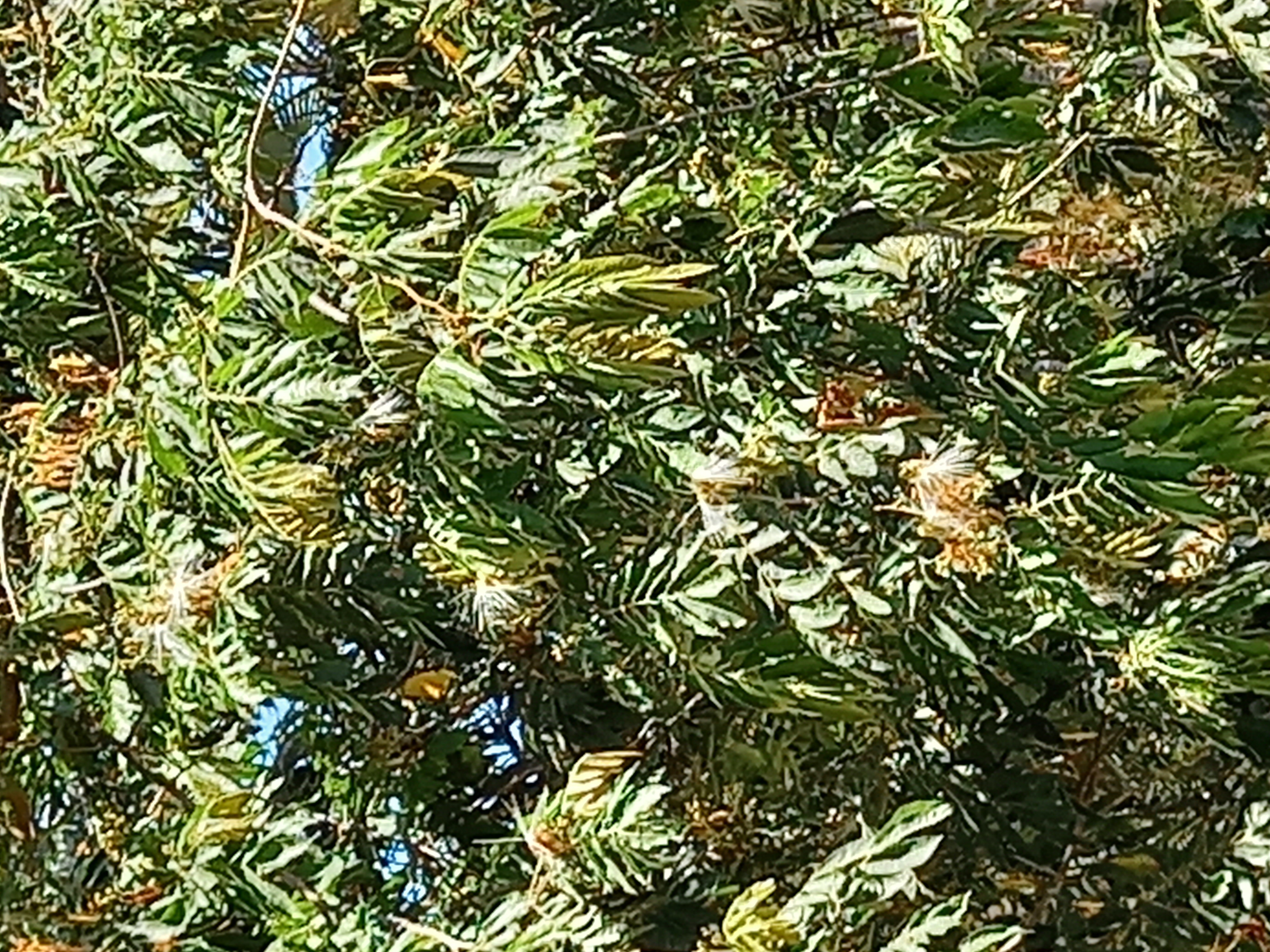
This is a very particular fruit and especially delicious for its sweet taste, although it is not very appreciated for its large seed, which means that only a small part of its fruit is used.But otherwise it is very delicious and is found in many parts of my country. This is all I have for now. I hope everyone likes it.The images are of my own capture.
Greetings to all.

Congratulations @robestrada! You have completed the following achievement on the Hive blockchain and have been rewarded with new badge(s) :
Your next target is to reach 30 posts.
You can view your badges on your board and compare yourself to others in the Ranking
If you no longer want to receive notifications, reply to this comment with the word
STOPTo support your work, I also upvoted your post!
Check out the last post from @hivebuzz:
Support the HiveBuzz project. Vote for our proposal!
VINE TARDE AAQUÍ.